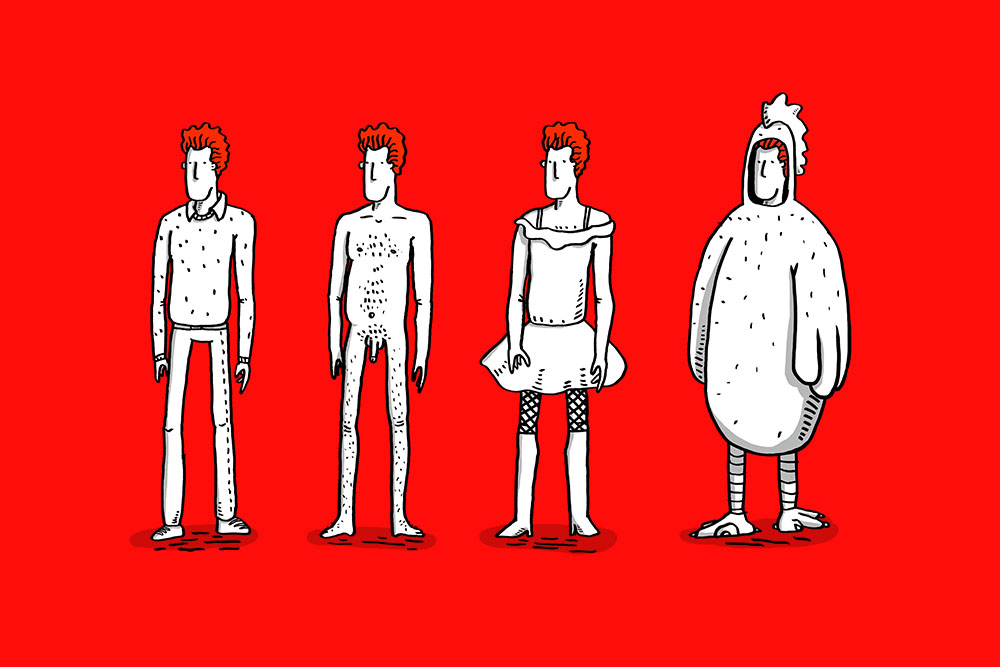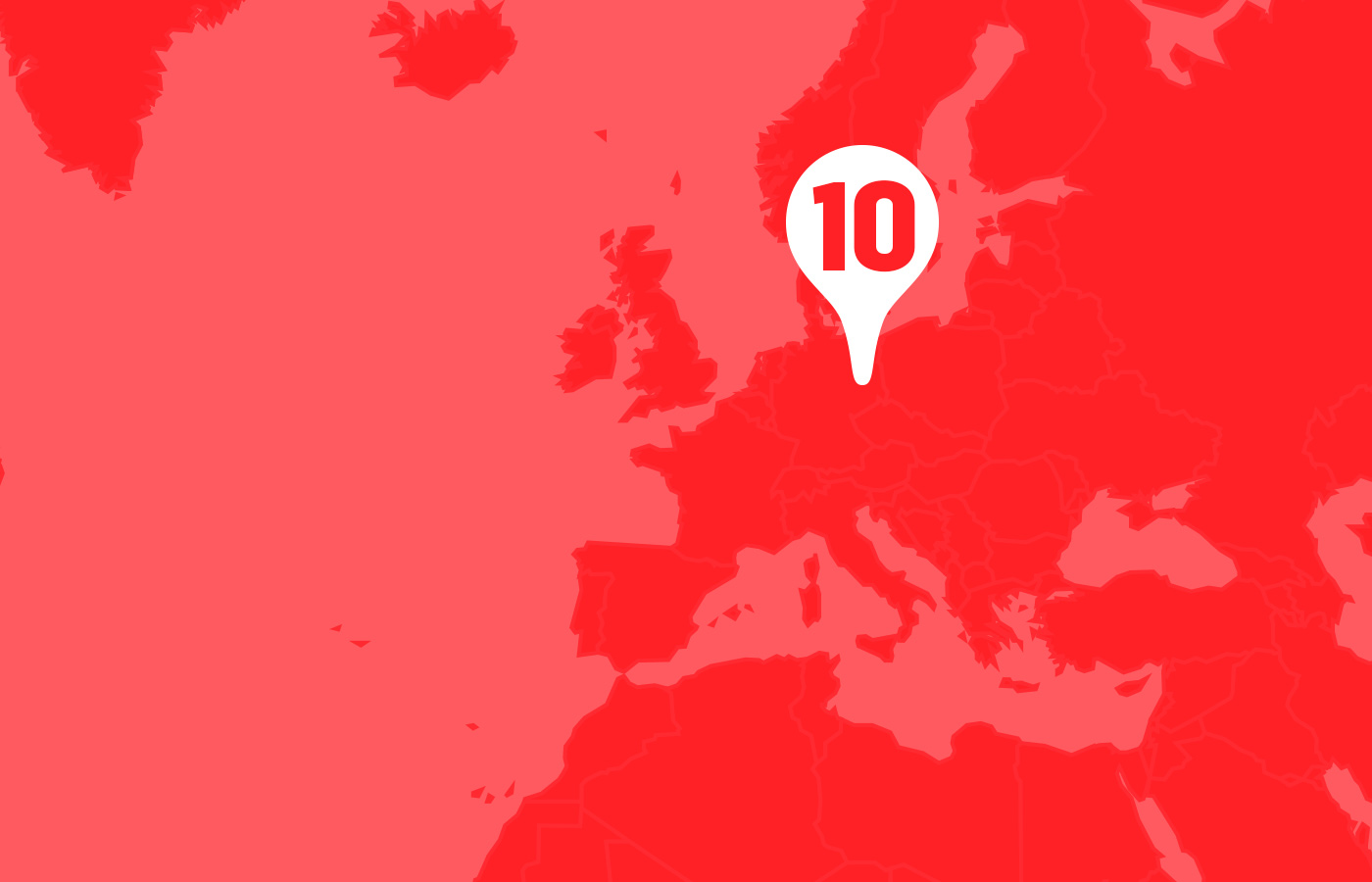01. Where are you in and why are you there?
I’ve been living here in Berlin since in 2011. Before that I studied in London for a year doing an MA in Design for Communication. I came directly to Berlin for my current job at Edenspiekermann.
02. Where are you working? How did you get there?
I’ve been working as Design Director in Digital Products and Services at Edenspiekermann for almost four years. I work between brand and digital for some of the big accounts like Red Bull, as well as the occasional startup project (which are always really exciting). I’ve always been a huge fan of Erik’s work and after graduating from my Masters degree in London, I just decided to send in an application to Edenspiekermann. After a short Skype interview, I was on my way to Berlin!
.jpg)
03. What's the working culture there like [place / studio]
The working culture and atmosphere here is Edenspiekermann is fantastic. The studio has grown quite fast over the past few years — we have about 70 people in the Berlin office — but it still has the feeling of being a small, close-knit group of people, despite its size. The practice of regularly working late nights / weekend work is strongly frowned upon — as it should be — and instead we employ sustainable work practices such as Scrum / Agile methods. Interns get well paid. Work spaces are open and without hierarchy. And we have an awesome coffee machine. It rocks.
04. Irish designer or just 'designer'?
Definitely Irish designer. In Berlin I’ve found it to be a huge plus to be from Ireland. I’m very proud of my roots as an Irish designer and the unique perspective we have on things in general.
05. Do your Irish experiences set you apart in any way?
There’s a wonderful, often self-deprecating sense of humour and wry playfulness that Irish designers possess — something that often finds it’s way into our work. You can spot an Irish designers work a mile away. If it’s borderline offensive and simultaneously brilliant, it’s probably Irish. The Stone Twins are a great example of this — they’re one of my favourite studios for many years (and not just because they are from Ireland) — their sense of humour is brilliant. Only an Irish duo could produce work like that.
.jpg)
06. Do you keep an eye on what's happening here? Do your colleagues?
I follow a lot of Irish designers / agencies on Twitter and I’m always interested in the latest news from the industry. I think initiatives like Offset, Pivot Dublin, Design Week and, of course, the 100 Archive are creating a big impact abroad for the reputation of Irish design. Actually, we have one other Irish designer (Sharon Walsh) here at Edenspiekermann and we work together a lot on projects — the Irish always stick together! She is also a big attender of Offset.
07. Are your colleagues there active in promoting and celebrating their design culture?
We have a huge variety of nationalities here in the studio and all of them bring a different piece of their own culture to the agency. For example, German designers are very proud of their rich roots in type design and highly functional design. However — and I am biased here — I think the Irish are particularly vocal about celebrating their culture (and not just when it comes to design). I think Irish people, especially those living abroad, are immensely proud of their roots.
08. 3 Designers/studios there that you admire
Wolff Olins – my favourite branding agency. Consistently innovative, controversial and unexpected. Their work for the Tate and the 2012 Olympics was very influential to me when I lived in London.
Jessica Walsh — Always delivers lovely, lovely, lovely art direction.
Steven Appleby — The famous cartoonist is a big influence for me. Personally, I think there’s a lot to be said about the value of humour in design work. After all, the world is serious enough already.
09. Is there an Irish designer or piece of design that inspired/inspires you?
The Stone Twins. I have to mention them again here because their work is consistently hilarious and simultaneously brilliant.

10. How do you/your workplace archive, record and promote it's projects?
Personally, I like to write (either in magazines or on my blog) about the process behind the projects once they’re finished; I find sharing with others is almost therapeutic and gives a good retrospective about what did and didn’t work. Obviously this also helps promote the respective work, but by including the process behind the project, it serves more value to the reader then simply visual eye candy.
